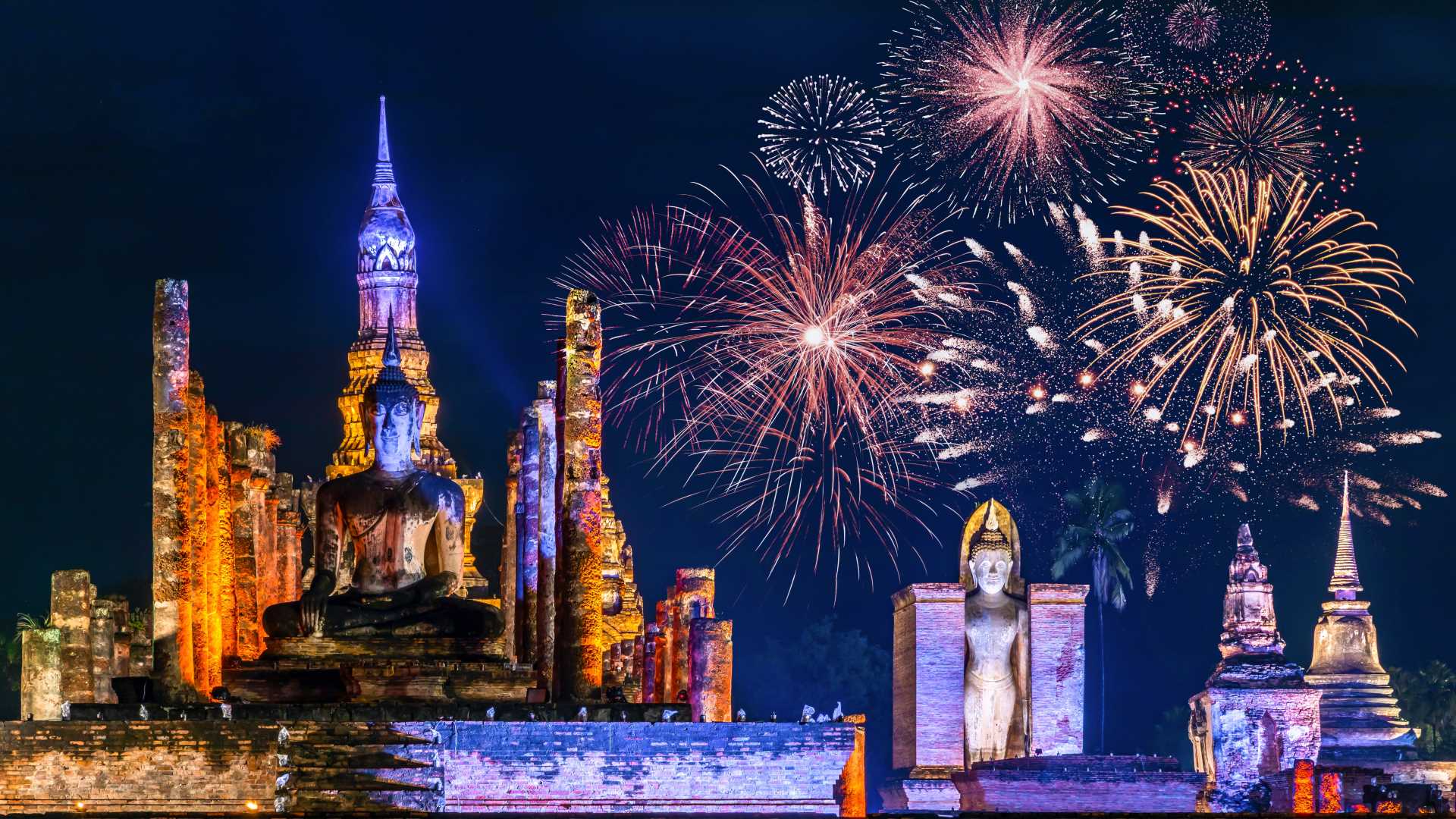
Loy Krathong: Festival of Lights and Water
Loy Krathong is a magical and culturally significant festival celebrated in Thailand and neighboring countries on the full moon of the twelfth month in the Thai lunar calendar, which usually falls in November. This festival is a beautiful celebration of water, light, and spirituality. In this blog post, we'll explore the history, significance, traditions, and unique regional variations of Loy Krathong.
The History and Origins of Loy Krathong:
Loy Krathong has deep historical roots dating back to ancient Thailand. It is believed to have originated during the Sukhothai Kingdom over 700 years ago. One of the most famous legends associated with the festival is the story of Nang Noppamas, a lady-in-waiting who created the first krathong, and King Ramkhamhaeng. This festival has evolved over the centuries but remains an integral part of Thai culture and spirituality.
The Significance of Loy Krathong:
The central theme of Loy Krathong is to pay respects to the water spirits, seek forgiveness for any pollution or harm done to rivers and water bodies, and make wishes for the future. Krathongs, beautifully decorated floats made from banana leaves and flowers, are offered as a gesture of thanks and goodwill. The festival also symbolizes the cleansing of one's spirit and letting go of negativity.
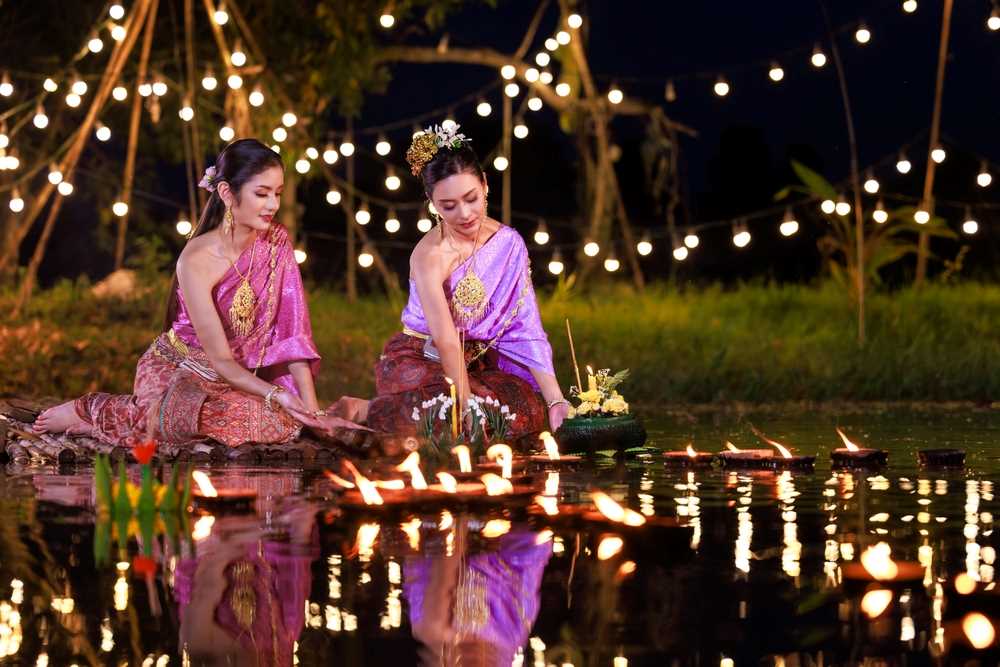 |
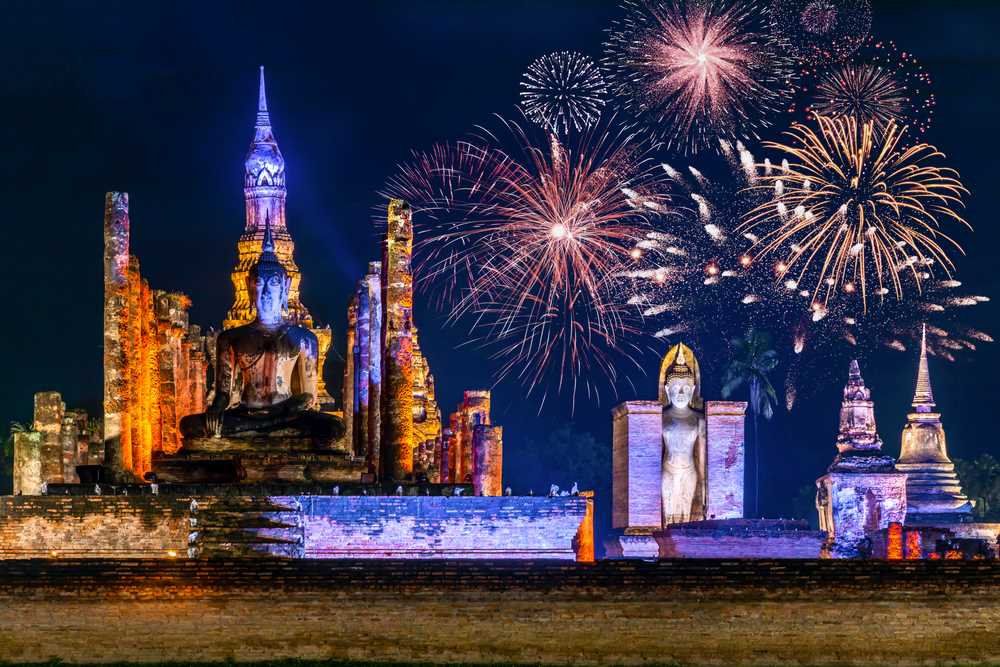 |
| Image via MISTER DIN / Shutterstock | Image via Avigator Fortuner / Shutterstock |
Preparations and Festivities:
Leading up to Loy Krathong, communities come together to craft their own krathongs, resulting in unique and artistic designs. On the festival night, there are vibrant parades, traditional dances, and music performances. The release of khom loi, or sky lanterns, adds a touch of magic to the night sky as they float up and away, carrying away people's wishes and hopes.
Loy Krathong in Different Regions:
Loy Krathong is celebrated differently across various regions of Thailand. In Chiang Mai, for example, the Yi Peng Lantern Festival takes place alongside Loy Krathong, featuring thousands of lit lanterns rising into the sky. In Sukhothai, the birthplace of Loy Krathong, the celebrations are particularly grand and historically authentic.
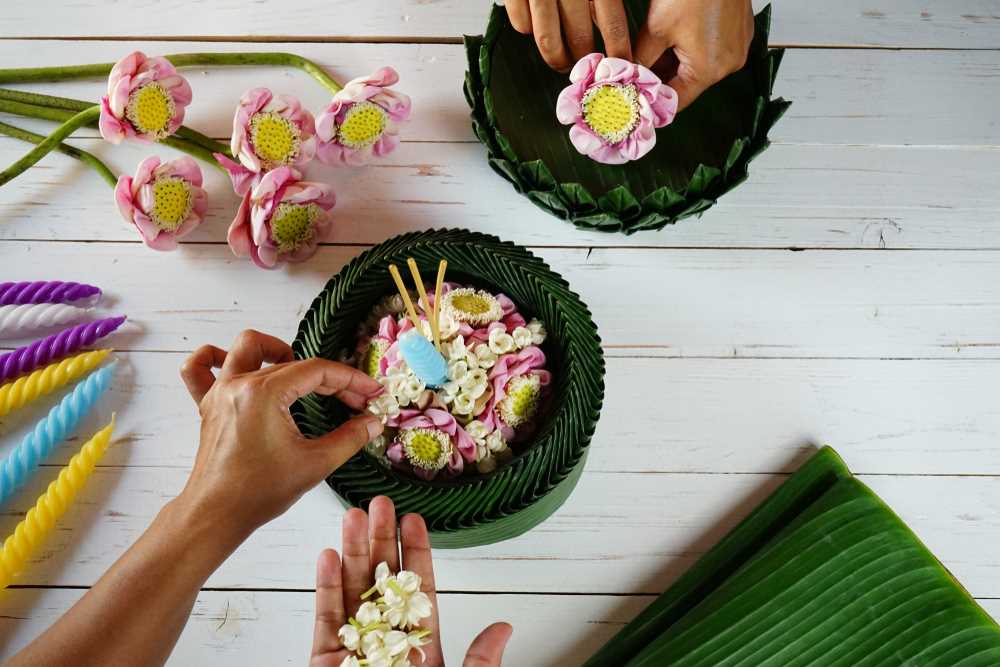 |
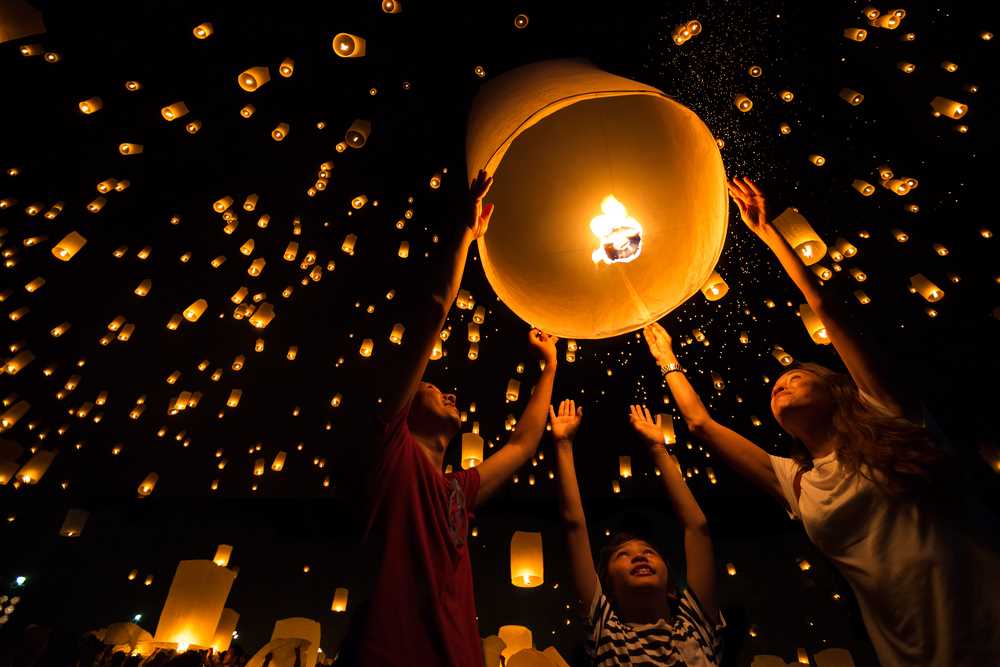 |
| Image via Boontoom Sae-Kor / Shutterstock | Image via Patrick Foto / Shutterstock |
Loy Krathong in Neighboring Countries:
The spirit of Loy Krathong extends beyond Thailand. In Laos, the festival is known as "Boun That Luang," In Cambodia, “Bon Om Touk”, and in Myanmar, it's called the "Tazaungdaing Festival." Similar traditions of floating illuminated offerings on water are observed, demonstrating the cultural ties among these neighboring nations.
Contemporary and Tourist Aspects:
In recent years, Loy Krathong has gained international attention and has become a popular attraction for tourists. Travelers have the opportunity to participate in the festivities, releasing their own krathongs and enjoying the cultural displays. However, the surge in tourism has also raised concerns about environmental impact and the materials used in krathongs. To address these issues, some areas are adopting more eco-friendly practices.
The Future of Loy Krathong:
As the world becomes more environmentally conscious, there are efforts to make Loy Krathong more sustainable. These initiatives include using biodegradable materials for krathongs and implementing regulations to protect water bodies from pollution. While Loy Krathong evolves with the times, its cultural and spiritual significance remains strong.
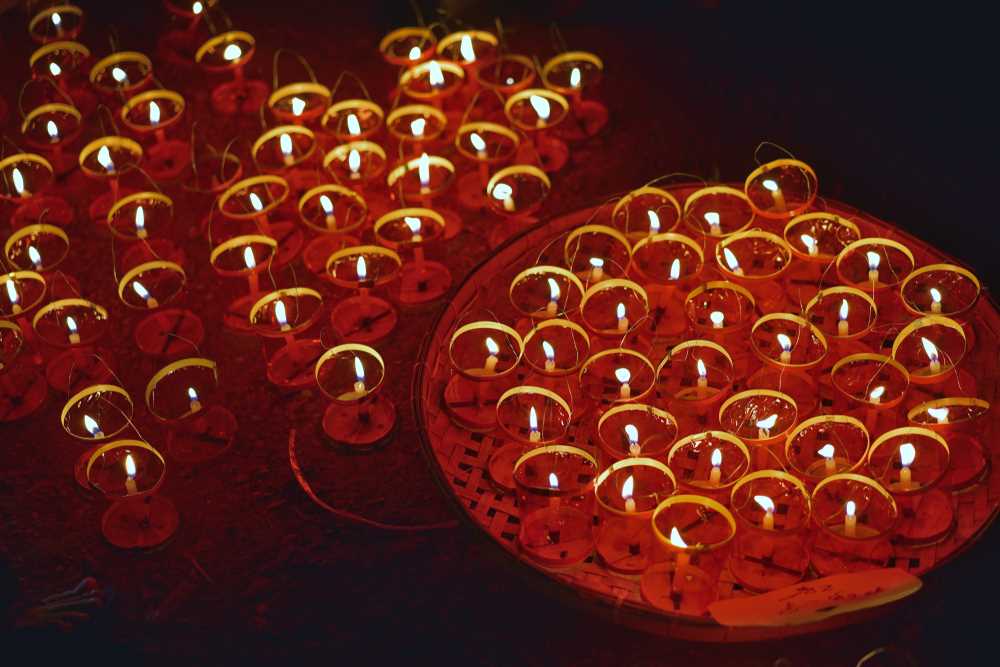 |
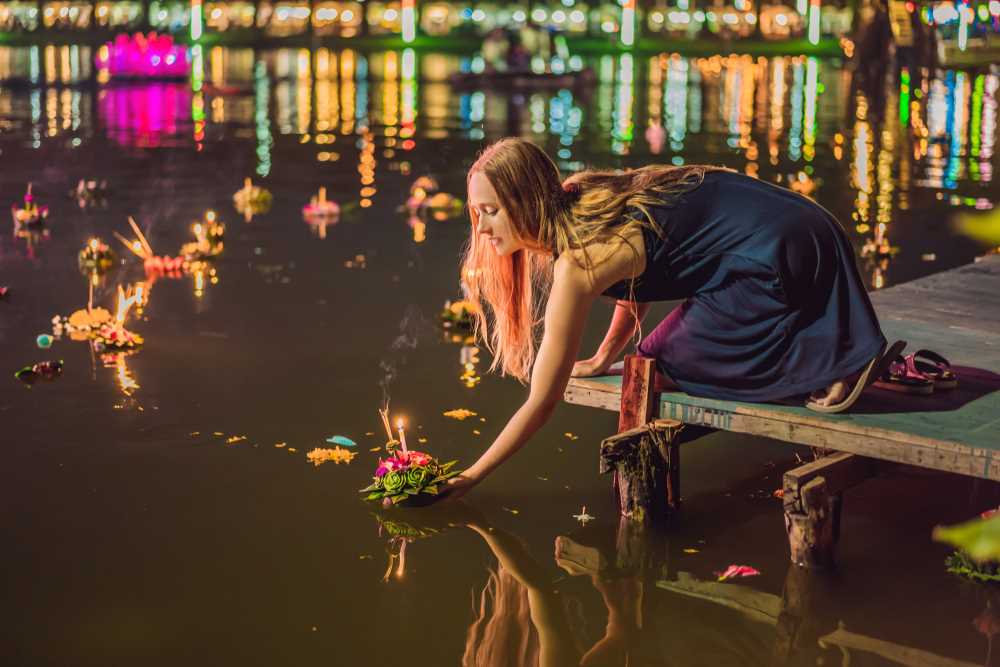 |
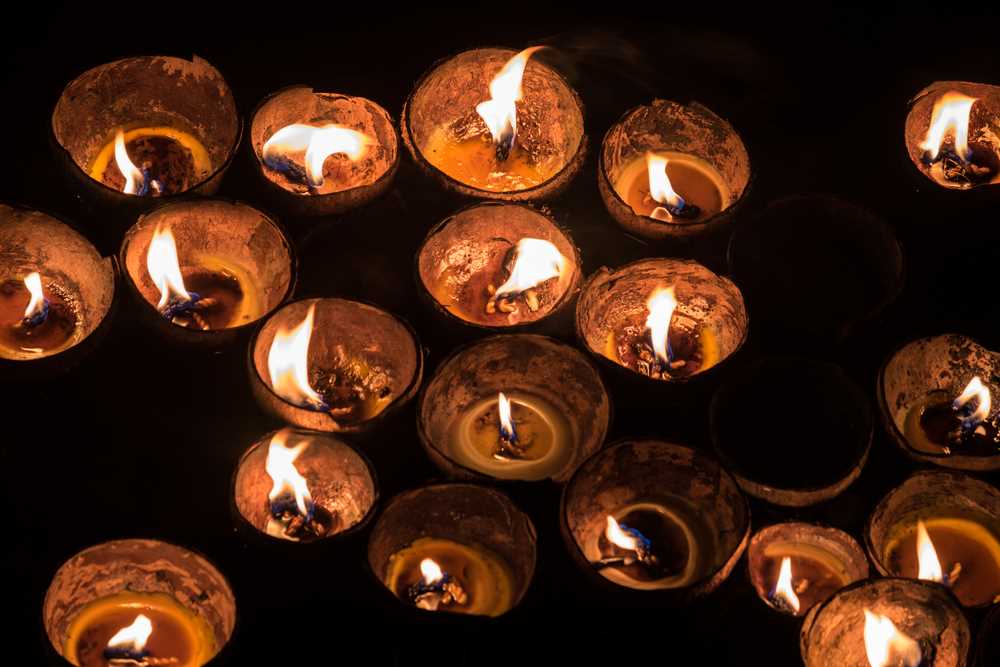 |
| Image via Tummasan Weeraphuchong / Shutterstock | Image via Elizaveta Galitckaia / Shutterstock | Image via nuu_jeed / Shutterstock |
Loy Krathong is a festival of water, light, and spirituality that reflects the rich cultural heritage of Thailand and its neighboring countries. Its beauty and significance are deeply ingrained in the hearts of the people who celebrate it. Whether you're a traveler looking to experience the magic of Loy Krathong or someone curious about different cultural celebrations, this festival is a shining example of the enduring traditions that connect us to our roots.
Cover image via Avigator Fortuner / Shutterstock
